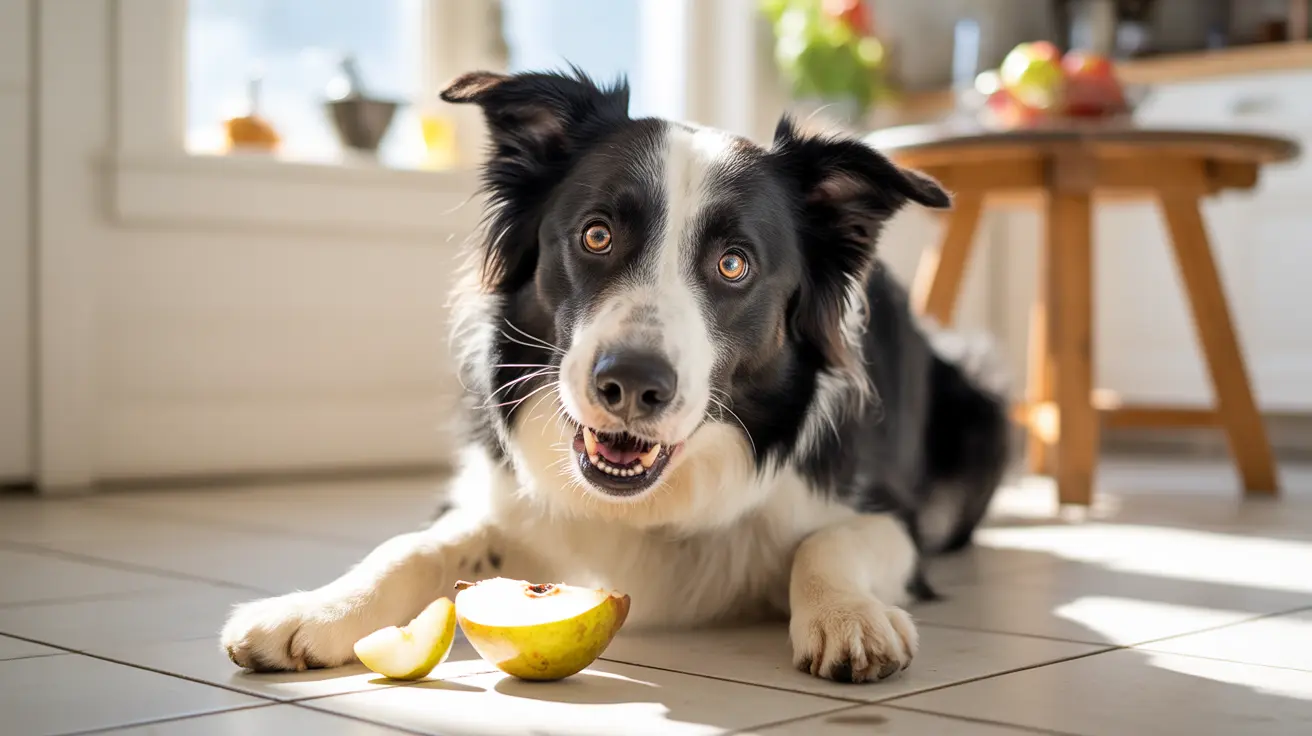Understanding Excessive Thirst in Dogs
Occasionally noticing your dog drinking more water than usual might not be a cause for alarm. However, persistent or sudden changes in water consumption can be a sign of deeper issues. This behavior, known medically as polydipsia, may stem from various causes—ranging from harmless to medically critical.
Normal Water Intake in Dogs
Healthy dogs typically drink about 1 ounce of water per pound of body weight per day. Several factors influence this baseline:
- Body weight and size
- Activity level
- Diet (e.g., dry kibble requires more water than wet food)
- Environmental conditions (heat and humidity)
- Life stage (puppies and nursing females may drink more)
Tracking this over time gives you a baseline. If your dog consistently drinks more than 1.6 ounces per pound, it may signal a problem.
Why Is My Dog Drinking More Water?
Increased water intake can result from various causes:
1. Normal Physiological Responses
- Hot weather or intense exercise
- Switch to dry food
- Higher sodium intake
- Life stages like growth or aging
2. Dietary Factors
- Feeding dry kibble or salty treats
- Changes in meal composition
3. Behavioral Causes
- Boredom, anxiety, or stress
- Compulsive behaviors like psychogenic polydipsia
4. Side Effects of Medication
- Steroids (e.g., prednisone)
- Diuretics
- Certain anti-seizure or heart medications
5. Medical Conditions Requiring Attention
- Kidney Disease: Causes increased urination and compensatory thirst. Signs include appetite changes, vomiting, and lethargy.
- Diabetes Mellitus: High blood sugar leads to increased urination and drinking. Symptoms include weight loss and increased appetite.
- Cushing's Disease: Overproduction of cortisol causes increased thirst, along with hair loss and pot-belly appearance.
- Liver Disease: Involves metabolic disruption, leading to increased water intake, jaundice, and vomiting.
- Pyometra: In unspayed females—a bacterial uterine infection accompanied by fever and lethargy. It's a medical emergency.
- Diabetes Insipidus: A rare hormone-related disorder causing excessive thirst and urination.
- Electrolyte Imbalances: From vomiting or diarrhea; dehydration triggers increased thirst.
- Urinary Tract and Liver Infections: Such as leptospirosis, causing increased urination and drinking.
- Other causes: Fever, hormonal disorders, or cancer.
Monitoring and Measurement
Monitoring your dog’s water intake helps identify patterns or sudden changes:
- Use a clearly marked water bowl
- Fill it to the same level daily
- Check the level at the end of the day
- Track for at least one week to establish a baseline
When to Call the Vet
You should seek veterinary help if:
- Your dog drinks more than 1.6 ounces per pound per day
- Excessive drinking lasts over 48 hours
- Additional symptoms appear like vomiting, diarrhea, or lethargy
- Your dog has pre-existing health issues or is elderly
Veterinary Diagnosis
Veterinarians may use:
- Blood tests to assess organ function and sugar levels
- Urinalysis for detecting toxins, infections, or imbalances
- Imaging (ultrasound or X-ray) for structural issues
Treatment Options
The approach depends on the root cause:
- Dietary adjustments for kidney or liver disease
- Insulin therapy for diabetes
- Medications or surgery for Cushing's or infections
- Hormone therapy for diabetes insipidus
- Behavioral therapy for stress-related drinking
Home Support Tips
- Always provide clean, fresh water
- Clean water bowls daily
- Track daily water intake
- Observe for other symptoms
- Maintain a balanced, appropriate diet
Important: Never restrict your dog’s water intake unless specifically advised by a veterinarian. Doing so can be dangerous.
Conclusion
Noticing your dog drinking more water than usual can be concerning, but not all cases are serious. By observing your dog’s behavior, keeping good records, and consulting your veterinarian promptly, you can catch and address issues early—leading to a better quality of life for your pet.





